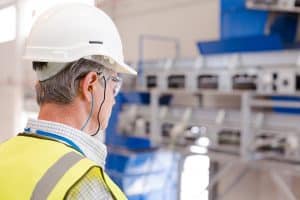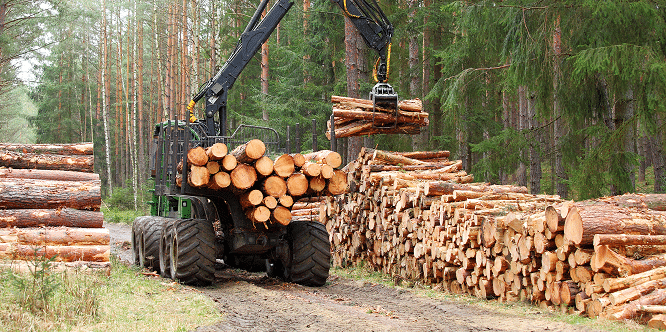
About Hearing Protection Fit Testing
On March 31, 2023, changes to Part 16 – noise exposure of the Alberta OHS Code come into effect. This new legislation outlines the importance of Hearing Protection Fit testing of employees working in areas where hearing protection is required. Those working in areas where noise exposure is at or above 82 decibels (dBA) must complete noise exposure assessments. This testing must be done in compliance with CSA Standard Z94.2-14 (R2019).
Hearing Protection Fit testing is a preventative measure that helps to mitigate the risk of Noise-induced hearing loss (NIHL). It also ensures that the hearing protection being worn by the worker is accurate to the noise level being worked in, as well as ensures an accurate fit for the wearer.
Now Available at Select SureHire Power Centre locations! Contact Us to inquire!
Noise-induced hearing loss (NIHL) significantly decreases a workers’ ability to clearly communicate with others, leading to increased safety risks for everyone on the job. SureHire offers custom moulded ear protection to safeguard against NIHL. Learn more.
How it Works
SureHire currently offers qualitative Hearing Protection Fit Testing. Qualitative fit testing is a pass or fail screening that relies on the person’s ability to detect specific sound through their hearing protection device. The process confirms that sound levels have changed after the hearing protection has been donned or inserted into the ear canal.
SureHire is the designated service provider for the Industrial Audiometric Testing Program (SureAudio) that is operated by Construction Labour Relations (CLR) and Electrical Contractors Association of Alberta (ECAA). For further information on this program, please contact us.
Legal Implications
Occupational Health & Safety (OHS) legislation notes that it is the employer’s responsibility to help protect employees from work-related hearing loss and to inform employees of the hearing-related hazards that they may be exposed to at the job site. Failure to provide a hearing conservation program in your workplace may result in fines and legal action.
SureHire’s Audiometric Testing Program helps employers comply with OHS legislation by using standardized equipment and protocols across the country and certified technicians. Our audiologists review results and complete follow-up with your workers as required.
FAQs
What is noise?
Noise is any unwanted sound that is measured on a decibel (dB) scale. Any loud noise exposure at work or during recreation can impact hearing health.
How much noise is too much?
Noise above 70 dB over a prolonged period of time may start to damage your hearing. Loud noise above 120 dB can cause immediate harm to your ears. Here are the decibels of some familiar sounds:
- Whisper = 30 dB
- Hand Drill = 98 dB
- Jet Engine = 140 dB
It doesn’t seem too loud. Does this mean it isn’t damaging?
How loud something sounds to you is not the same as the actual intensity of that sound. Sound intensity is the amount of sound energy in a confined space. It is measured in decibels (dB). The decibel scale is logarithmic, which means that loudness is not directly proportional to sound intensity. Instead, the intensity of a sound grows very fast. This means that a sound at 20 dB is 10 times more intense than a sound at 10 dB. Also, the intensity of a sound at 100 dB is one billion times more powerful compared to a sound at 10 dB. (CDC)
Latest Articles & Resources
Check out our latest articles and resources on audiometric testing!



